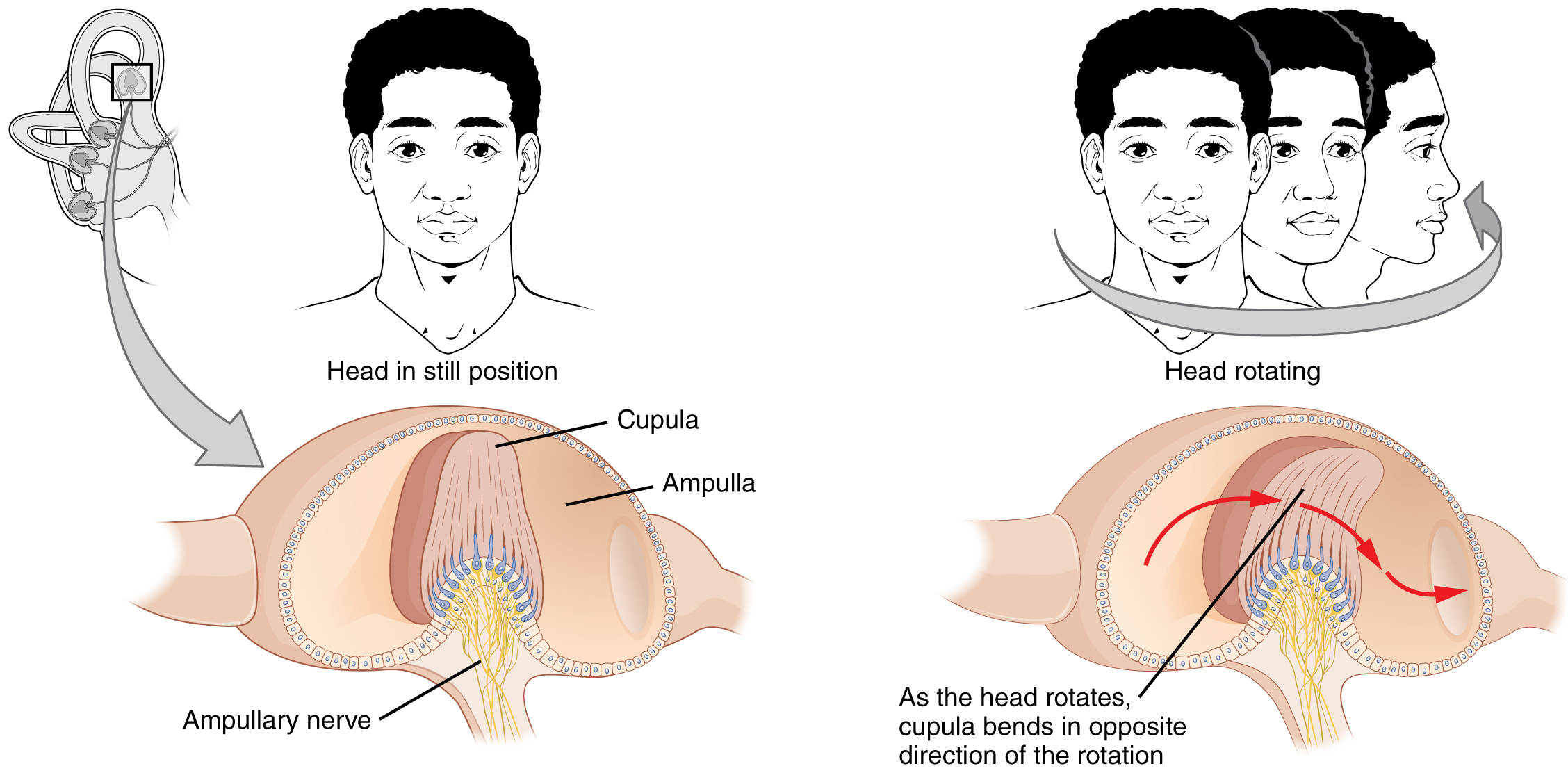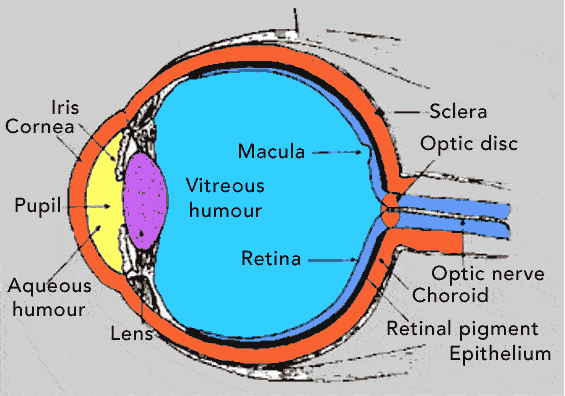The vestibular part or non-auditory part of the internal ear is concerned with the Physiology of Balance and Equilibrium. The receptor apparatus in the ampulla is crista-ampullaris. It consists of the cupola which is a gelatinous wedge shaped structure running fully across the cross-section of the ampula. Into the thick end of this wedge projects a ridge carrying many […]










